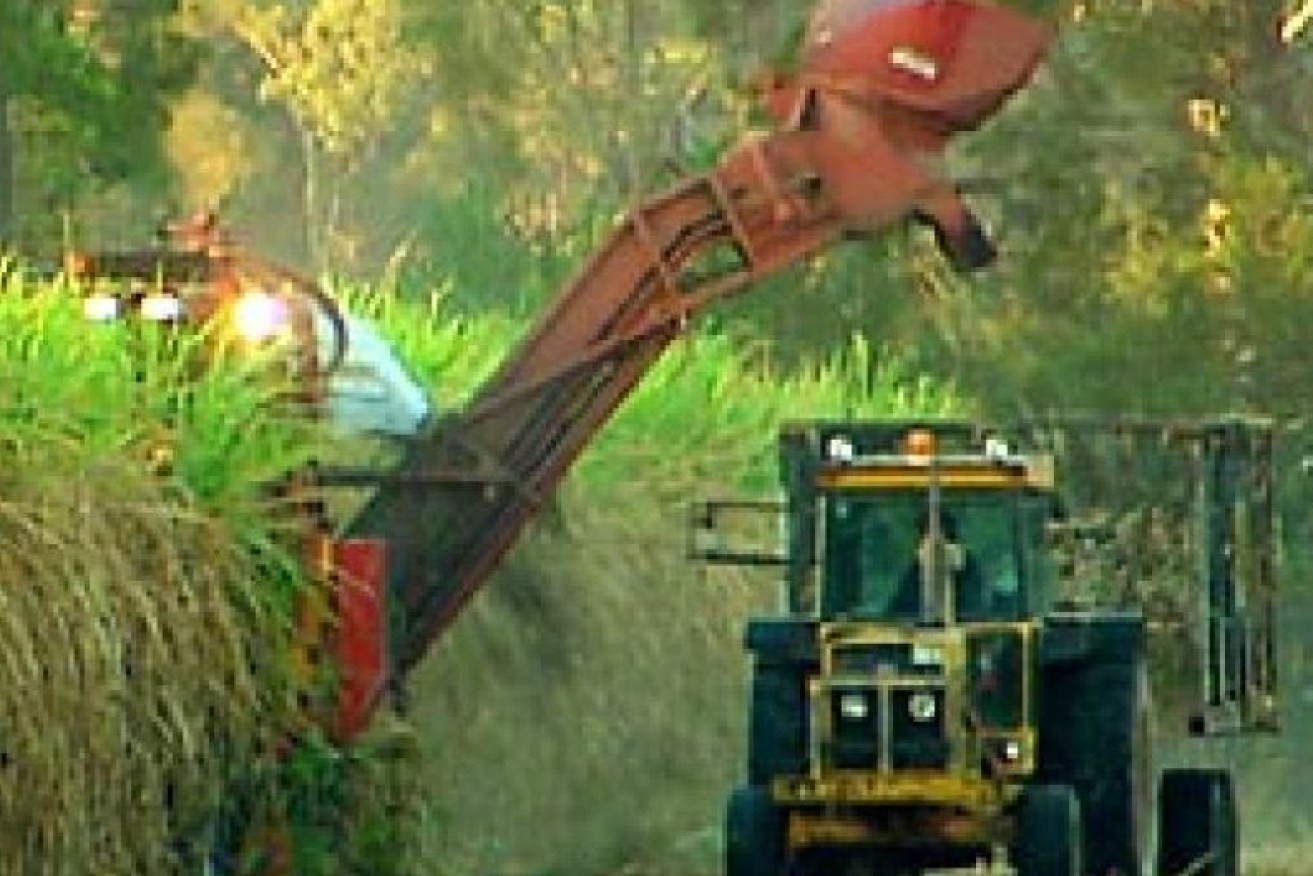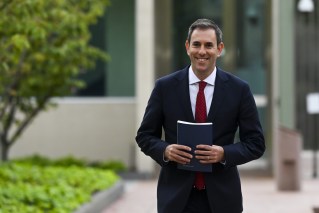‘Bigger than coal’: Sugar’s sweet deal to power new biofuture
The sugar cane grown along Queensland’s coast could one day be turned into alternative protein, aviation fuel, bioplastic and green chemicals, with Mackay Mayor Greg Williamson declaring its value to the economy will be ‘bigger than coal’.


Queensland's sugar cane growers want a slice of the renewable energy action.(Photo: ABC)
The latest project adding flavour to the mix is turning the molecules in sugar into an edible protein, where the texture and taste and nutritional value will be something close to milk and egg white.
Mayor Greg Williamson told guests at a Queensland Futures Institute breakfast in Brisbane that discussions were scoping sugar’s capacity to fill the world’s looming protein deficit due to climate challenges, pressure on land availability and population growth.
“We have 200,000 odd hectares of land that’s good quality agricultural land, but only 100,000 of that is dedicated to the growing of sugarcane at the moment,” Williamson said.
“So the potential to grow the industry is there.”
Joined by mayors from other regions in a panel discussion on regional growth opportunities, Williamson said talks with US investment groups seeking further information on the local industry’s progress towards building a protein alternative had just concluded.
“The scientists are telling us we won’t be able to feed the world’s population in 2050. And that’s not too far down the track,” he said.
“We have to produce protein for the world and sugar can do that. The potential for it is enormous.
“If we can use sugar to produce that it’ll be bigger than coal for Queensland.”
But Canegrowers CEO Dan Galligan said the protein product was still a “fair way over the horizon”, with other uses such as sugar-derived aviation fuel further ahead in the queue.
“We’re really just getting our heads around what an adaptable crop sugar is and I thank Greg for raising this so it opens up more more people’s minds to the exciting future this crop has,” Galligan said.
“We have technology development and market drivers accelerating a life for cane beyond supplying the world sugar market.
“What we’re looking for at an industry level are uses that complement our existing sugar supply chains.”
Williamson’s ambition for sugar comes as the State Government also swings behind sugar cane as key to fashioning Queensland as the “Asia-Pacific hub” in biomanufacturing and bio-refining, further enhancing the state’s desire to be a global leader in the production and export of renewables.
Deputy Premier Steven Miles announced last year further investment in the QUT Mackay Renewable Biocommodities Pilot Plant (MRBPP), a research and development facility that converts biomass (the plant material from sugar cane) into biofuels, green chemicals and other bioproducts.
The expansion of the research facility is part of the government’s $350 million Industry Partnership Program, which is attached to an even larger $5.84 billion ‘Queensland Jobs Fund’.
QUT’s engineering faculty deputy dean and Queensland’s biofutures industry envoy, Professor Ian O’Hara, said the funding would be used to test a wider range of new and emerging technologies at scale.
“This expansion is critical to support companies seeking to supply new products for the future foods and other biomanufacturing industries, enabling them to rapidly demonstrate their technologies and products for market testing,” O’Hara said.
“As a result, the facility will support the growth of a range of Australian companies and attract new investors into the Mackay region, creating new jobs and supporting a profitable future for the Australian sugar industry.”

Mackay Mayor Greg Williamson at the Queensland Futures Institute breakfast in Brisbane on March 9.
The development comes as University of Queensland researchers have found a way to more efficiently convert sugarcane into a building block of aviation fuel and other products.
By zeroing in on a specific enzyme, a UQ team working in collaboration with the Technical University of Munich (TUM) has sped up the slowest step in processing sugar into a chemical called isobutanol.
Professor Gary Schenk from UQ’s School of Chemistry and Molecular Biosciences said isobutanol from a renewable resource could be used to make fuels, plastics, rubbers and food additives.
“Our research into this particular enzyme means we can accelerate the production rate and yield of isobutanol from sugarcane, ultimately enabling biomanufacturers to make diverse products at scale sustainably and efficiently,” Schenk said.
The breakthrough ‘cell-free’ production method allows a ten-fold increase in the volume of isobutanol that can be derived from sugar, about 250 grams per litre of liquid cell culture.
“The cell-free method gives biomanufacturers more control and results in much higher yields, meaning a higher return on their investment and a more sustainably produced product – it’s a win-win,” Schenk said.
“One limitation in creating bulk products like aviation fuel with a cell-free process has been the availability of enough enzymes but developments in enzyme engineering and production mean large-scale production is now achievable.
“We’re only at the dawn of what is a very exciting age in this space.”








